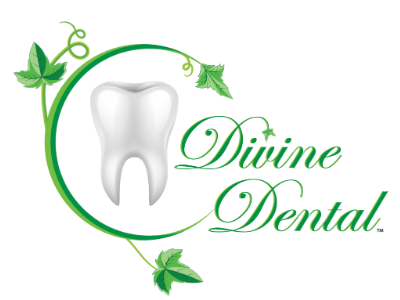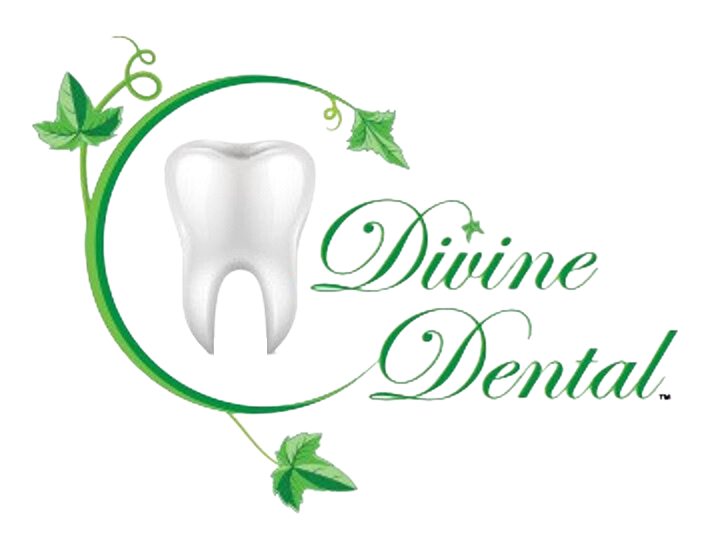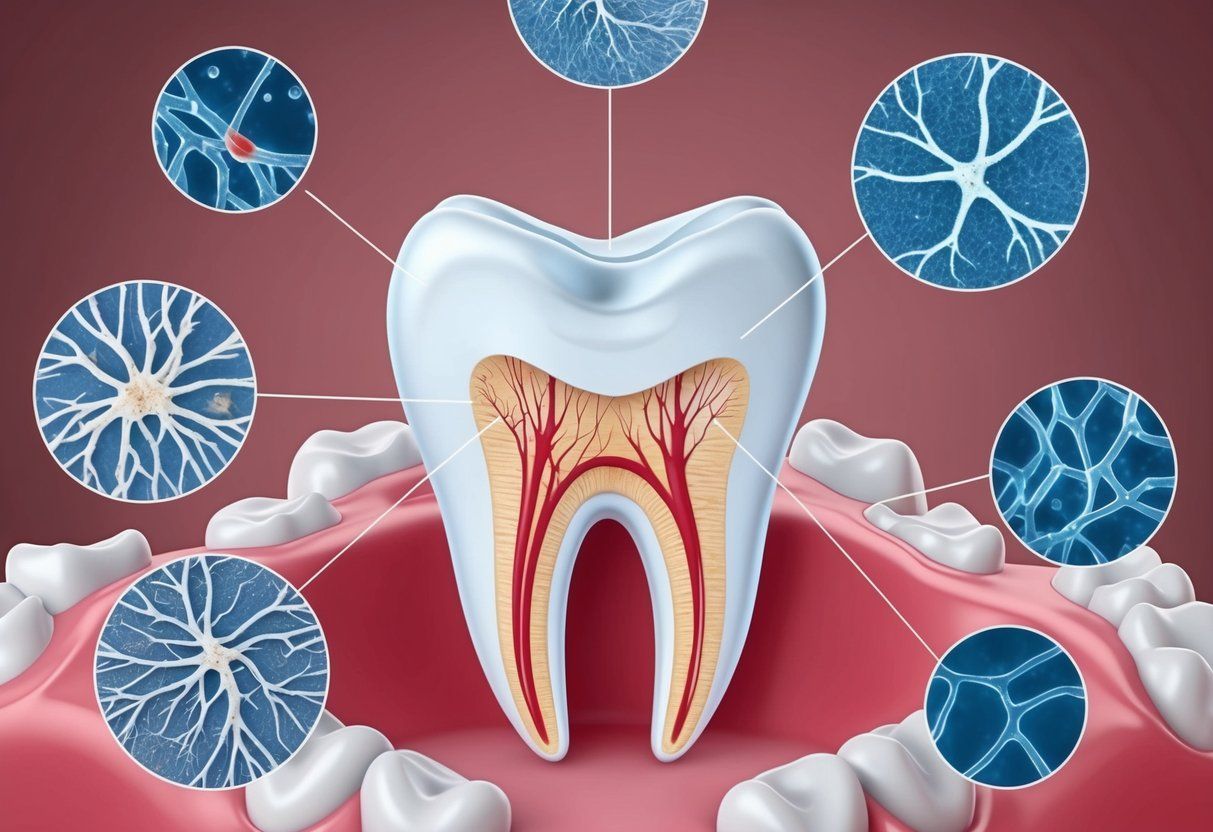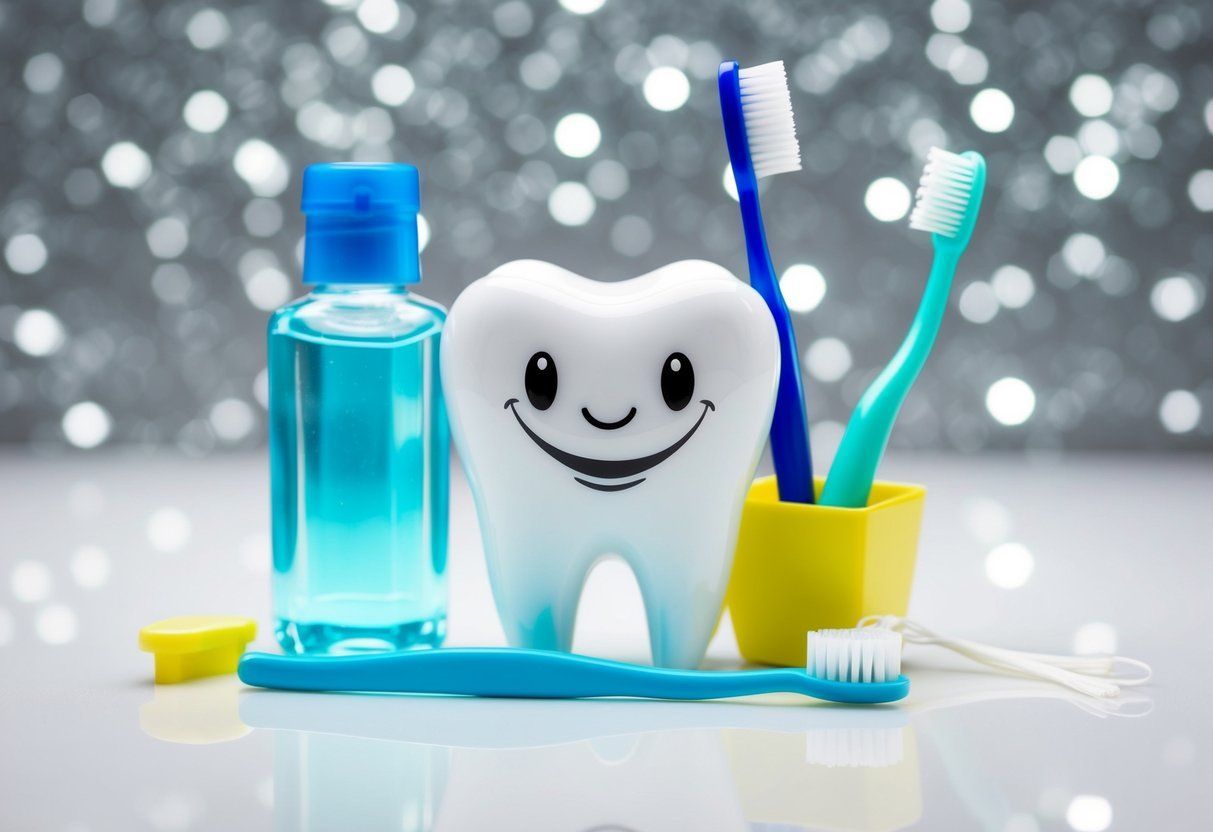Invisalign Advantages: Embrace a Clearer Smile Journey
Invisalign is a modern solution to teeth straightening that eschews the traditional metal braces for a clear, less noticeable alternative. These clear aligners are custom-made, utilizing advanced 3D computer-imaging technology to ensure a comfortable fit and effective movement of teeth. As patients progress through the treatment, they receive a series of aligners, each slightly different from the last, to gradually shift their teeth into the desired position.
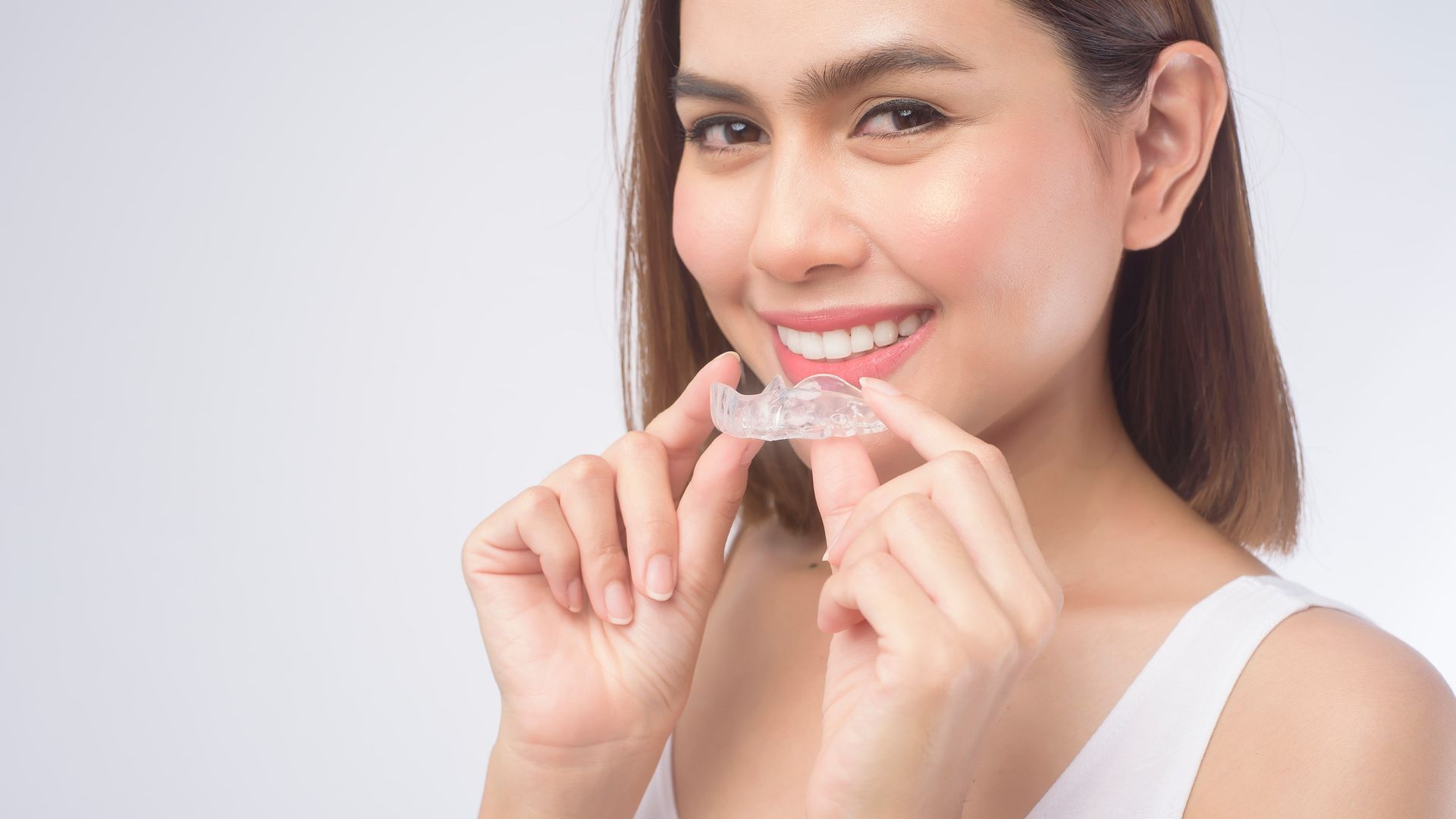
The treatment process is tailored to the individual, with the duration varying based on the complexity of the case. Invisalign offers a degree of flexibility not found in traditional braces, allowing patients to remove the aligners for eating, brushing, and flossing. This contributes to the overall hygiene and convenience of the treatment, making Invisalign an attractive option for many seeking orthodontic care.
Cost and affordability are significant considerations for those interested in Invisalign. While traditionally more expensive than braces, pricing has become more competitive as the technology becomes more widespread. The effectiveness of Invisalign is largely comparable to traditional braces, with suitability being determined by an orthodontist based on the specifics of the patient’s dental needs.
Key Takeaways
- Invisalign offers a clear and removable alternative to metal braces for teeth straightening.
- The treatment process is customized and involves a series of aligners that progressively adjust teeth positioning.
- Pricing has become more competitive, with effectiveness comparable to traditional orthodontic treatments.
Understanding Invisalign
Invisalign represents a significant advancement in orthodontic treatment, offering a discreet alternative to metal braces through its clear aligner system.
What is Invisalign?
Invisalign is a modern orthodontic treatment comprising a series of custom-made, clear aligners. These aligners, constructed from Invisalign’s proprietary SmartTrack material, are engineered to provide a comfortable, flexible fit while applying the necessary force to shift teeth into their desired positions gradually. They are virtually invisible and are custom-fitted to the unique contour of the patient’s teeth, crafted using advanced 3D imaging technology.
Invisalign vs. Traditional Braces
| Feature | Invisalign | Traditional Braces |
|---|---|---|
| Visibility | Nearly invisible | Visible metal brackets and wires |
| Comfort | Smooth, custom-fit aligners | May irritate mouth with sharp edges |
| Hygiene | Removable for easy cleaning | Requires meticulous cleaning around braces |
| Diet | No restrictions, aligners are removed for eating | Certain foods need to be avoided to prevent damage |
| Adjustments | Switch to a new set of aligners as teeth move | Regular office visits for manual tightening |
Invisalign aligners are preferred by many for their aesthetic appeal, as they are less noticeable than traditional metal braces. They provide an added level of convenience for oral hygiene and diet, as they can be easily removed before meals and cleaning. On the other hand, traditional braces are fixed to the teeth, and adjusting them requires visiting an orthodontist, which can be more time-consuming. Moreover, while traditional braces are highly effective for complex dental issues, Invisalign offers an advanced clear aligner system suitable for various cases, with the added benefits of comfort and aesthetics.
The Invisalign Treatment Process
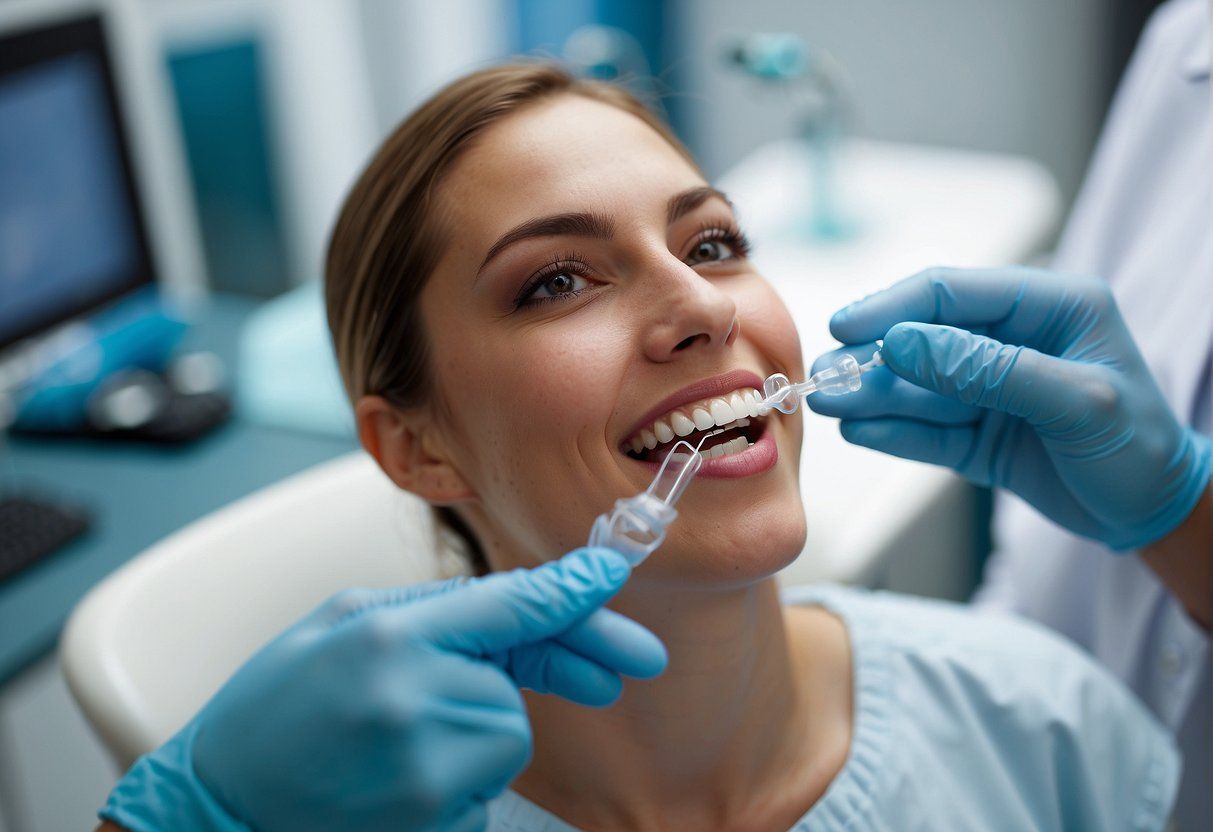
The Invisalign treatment offers a modern approach to teeth straightening using custom-made aligners. This process leverages advanced technology for personalized care and typically involves several steps from initial consultation to the final adjustments.
Initial Consultation
During the initial consultation, a doctor evaluates the patient’s dental structure and discusses their goals for orthodontic treatment. This assessment often involves a digital scan
of the teeth, using technology like the iTero Element scanner
. The scan provides a highly accurate 3D model of the teeth, which is crucial for developing an Invisalign treatment plan.
scanner
. The scan provides a highly accurate 3D model of the teeth, which is crucial for developing an Invisalign treatment plan.
Creating Custom Treatment Plans
Based on the digital impressions, a custom treatment plan is devised, detailing the precise movements of the teeth and the duration of treatment. The plan is visualized through a virtual representation, showing the progression of teeth alignment from start to finish. At this stage, the doctor ensures the custom treatment plan aligns with the patient’s expectations and makes any necessary adjustments before the aligners are manufactured.
Wearing Your Aligners
Once the aligners are crafted, the patient is informed on how to use them correctly. Invisalign aligners should be worn for 20 to 22 hours a day, only being removed for eating, brushing, and flossing. Each set of trays is typically worn for one to two weeks before moving on to the next set. The patient’s progress can often be tracked using the My Invisalign mobile app , which offers guidance and helps maintain the treatment schedule.
Adjustments and Follow-Up Care
Regular appointments with the doctor are part of the treatment process to monitor progress and make adjustments if necessary. These follow-up visits are important to ensure the aligners are fitting well and to receive the next sets of trays . The compliance with wearing aligners as advised plays a significant role in the success of the treatment. After the active phase of orthodontic treatment, a retainer may be recommended to maintain the new tooth positions.
Benefits of Invisalign

Invisalign aligners offer distinct advantages over traditional orthodontic solutions. These benefits cater to aesthetic preferences, personal comfort, and the dynamic needs of users’ lifestyles.
Aesthetic and Comfort
Invisalign aligners are crafted from a clear , medical-grade plastic, making them virtually invisible. Patients who feel self-conscious about the appearance of traditional braces find Invisalign aligners to be a discreet alternative. The smooth contours are designed for comfort, minimizing irritation to the gums and cheeks that metal braces may cause.
Convenience and Flexibility
One of the key attributes of Invisalign aligners is their convenient design, which allows for easy removal during eating, brushing, and flossing. This flexibility significantly simplifies oral hygiene routines compared to fixed braces. Additionally, Invisalign’s regimen includes Vivera retainers , which are custom-made for maintenance after treatment, ensuring the stability of the dental correction. Users appreciate the adaptability of Invisalign, as it seamlessly integrates with their daily lives without the frequent adjustments required by conventional braces.
Cost and Affordability
The cost of Invisalign can be a significant factor for many considering orthodontic treatment. This section will break down the costs involved, explore insurance and payment options, and discuss ways to make Invisalign treatment more affordable through financing and savings strategies.
Understanding the Costs
Invisalign treatment typically ranges from $3,000 to $8,000 . This cost can vary based on individual needs, the complexity of the case, and the duration of treatment. Some factors that influence the cost include the number of aligners needed and the geographical location of the dental practice.
Insurance and Payment Options
Most dental insurance plans cover a portion of orthodontic treatments, which can include Invisalign. It’s essential for patients to check with their insurance provider to understand their coverage, which might cover a percentage of the cost or provide a fixed benefit amount. Many dental offices also offer payment options that can include monthly payment plans to spread the cost over the treatment period.
- Monthly Payments : Dental practices may allow patients to pay for Invisalign in installments, making it more manageable on a monthly basis.
- Pre-Tax Dollars : Some patients can utilize Health Savings Accounts (HSAs) or Flexible Spending Accounts (FSAs) to pay for Invisalign using pre-tax dollars, potentially saving on the overall cost.
Financing and Saving
For those without insurance or who have plans with limited coverage, there are financing options available.
- Financing Plans : Third-party financing companies offer plans that can include low-interest rates or even interest-free periods. Credit checks are usually required to qualify.
- Savings : Paying upfront might result in discounts from some providers, and saving up for treatment can avoid the need for financing altogether.
Suitability and Effectiveness
Choosing the right teeth straightening option depends on various personal factors and the complexity of the dental issue. Invisalign, as a method of aligning teeth, caters to a wide range of corrective needs , while its effectiveness is tied to the specifics of each case.
Is Invisalign Right for You?
Candidate Criteria: Invisalign is suitable for both teens and adults looking to correct dental issues such as mild to moderate crowding , various bite problems (including overbite , underbite , crossbite , and open bite ), and overall teeth straightening . Ideal candidates should have their permanent teeth and be committed to wearing the aligners for the recommended 20-22 hours per day.
- Age Limitations : While there is no upper age limit, younger patients must have most of their adult teeth.
- Dental Issues : Not optimal for severe cases which might need traditional braces.
Effectiveness of Treatment
Treatment Success : The effectiveness of Invisalign is a direct result of patient compliance and the complexity of the dental case.
- Compliance : Patients must wear aligners as directed.
- Complexity : Better suited for less complex dental issues.
Results : Patients usually observe results in a few months but complete treatment may take 12 to 18 months . Regular dental visits are crucial to monitor progress and make any necessary adjustments to the treatment plan.
In summary, Invisalign is a versatile aligning system effective for a variety of teeth straightening needs, with the success largely dependent on suitable candidacy and adherence to the treatment plan.
Additional Considerations
When considering Invisalign for teeth straightening, patients should be aware that successful results involve key practices beyond the aligner period, including maintenance, post-treatment care, and other additional services.
Maintenance and Care
For optimal results, maintaining Invisalign trays is critical. Individuals should clean their aligners with a prescribed solution and a soft-bristled toothbrush to prevent staining and buildup. Aligner trays should be rinsed thoroughly with water before reinsertion after meals. It’s recommended that patients avoid eating or drinking anything other than water while the trays are in to minimize possible damage or discoloration.
Post-Treatment Retention
After the initial treatment phase, using a Vivera retainer is crucial for maintaining the new position of teeth. Research indicates that without consistent retainer use, teeth can gradually shift back to their original position. Patients should follow their orthodontist’s instructions, typically wearing retainers full-time immediately after treatment and then transitioning to nighttime use.
Additional Services
Further smile transformation sometimes necessitates additional services. Teeth whitening can be performed after Invisalign to enhance the smile’s aesthetics, as the aligners can double as whitening trays. Similarly, conditions involving the jaw may require supplemental procedures like ClearCorrect for further adjustments. Before undertaking any additional services, patients should consult with their orthodontist to understand the implications and benefits.
The Invisalign Experience
Invisalign offers a personalized approach to straightening teeth, providing a distinct experience for each patient, supported by advanced technology and professional care.
Patient Experiences
Patients seeking to straighten their teeth with Invisalign begin their journey by meeting with an Invisalign-trained doctor . This provider evaluates the patient’s needs and develops a customized treatment plan. Adults and teenagers alike can benefit from Invisalign’s clear aligners, which move teeth through gentle pressure.
The smile concierge service helps patients navigate their journey, ensuring smooth communication between the patient and provider. The SmileView tool is an innovative platform that allows potential users to visualize their future smile , offering a glimpse into the anticipated results of the treatment.
Apart from these personalized tools, patient experiences often highlight the convenience of Invisalign as the aligners are discreet and less obtrusive in daily life compared to traditional braces. The ability to remove the aligners during meals and for dental hygiene is frequently appreciated among users.
Comparing User Satisfaction
Comparative studies reveal that Invisalign aligners often yield results more predictably and faster than braces due to the precise planning enabled by 3D imaging technologies.
| Satisfaction Criteria | Invisalign | Traditional Braces |
|---|---|---|
| Visibility | Less visible, clear aligners | Visible metal brackets |
| Comfort | Designed to fit snugly with less irritation | Can cause discomfort |
| Treatment Duration | Varies, often shorter than braces | Typically longer |
| Predictability | High, with advanced imaging and planning | Less predictable |
Users frequently report high satisfaction with Invisalign treatment because the aligners subtly shift their teeth without the discomfort and aesthetic concerns associated with metal braces. The personalized care from Invisalign-trained doctors and the support of the smile concierge team further contribute to a positive treatment experience.
Frequently Asked Questions
Invisalign offers a discreet orthodontic treatment option, but it’s important to understand the costs, care requirements, effectiveness, and patient experiences involved in this alternative to traditional braces.
What are the primary benefits and drawbacks of using Invisalign compared to traditional braces?
The primary benefits of Invisalign include its near invisibility, comfort, and the convenience of being removeable, allowing for easier eating and oral hygiene. Drawbacks may include the potential for higher cost and the need for discipline in wearing the aligners for the recommended 22 hours per day.
How much can one typically expect to spend on Invisalign treatment?
The cost of Invisalign treatment typically ranges from $3,000 to $8,000, depending on the complexity of the alignment issues and the length of the treatment plan. This can be more expensive than traditional braces, which can range from $2,000 to $6,000.
What sort of maintenance and care is required for an Invisalign retainer?
Patients must clean their Invisalign aligners regularly with a soft toothbrush and lukewarm water. It’s important to avoid hot water as it can warp the plastic. Aligners should be removed when eating or drinking anything other than water to prevent staining.
How long does it typically take to see noticeable results from Invisalign?
Noticeable results from Invisalign can often be seen within a few months, but the total duration of treatment typically lasts 12 to 18 months, similar to that of traditional braces. However, this varies depending on the individual’s alignment issues.
Are there specific orthodontic conditions or alignment issues that Invisalign is particularly effective at treating?
Invisalign is especially effective in treating mild to moderate cases of crowding, spacing issues, and certain complex bite problems. It is less effective for severe cases, such as large overbites or complicated tooth movements which may require traditional braces.
What has been the general feedback from patients who have completed Invisalign treatment?
Feedback from patients who have completed Invisalign treatment is mostly positive, highlighting the comfort and convenience of the aligners. However, satisfaction levels can vary, with some patients noting the need for discipline in wearing the aligners consistently to achieve the best results.…
